Miso Green: The Personal Hygiene Quandary
After a necessary hiatus last month, Miso Green is back! I had in fact written an article for the May issue— that I ultimately hated—about 100 yen shops. That article is still quite immature and will probably appear in another form in the coming months. Instead, I’d like to talk about something very personal—the way I smell.
I don’t know about you, but I am extremely sensitive about scents. During my budding maturity in high school, I fell in love with a certain brand of perfume, saved up, and bought the biggest bottle I could find. Halfway through the bottle I was disgusted by not just that scent but by most pungent fragrances. Even the scent of the brand-name laundry detergent that I loved as a child and treated as a sign of economic comfort has become intolerable. As you can guess, shopping for personal hygiene products has become a nightmare.
My perfect deodorant debuted in 2006. Unlike most antiperspirants/deodorants on the market in America, it did not contain aluminum-based ingredients (which, though not proven, are thought to be linked to Alzheimer’s. That’s enough to freak any hippie girl out) and somehow used cotton as an absorbent. Equally important was the fact that its fragrance was imperceptible. For whatever reason, American ladies’ deodorant manufacturers generally make their most basic scent “powder freshâ€, a smell like disgusting fake baby powder. This deodorant didn’t, though… it just smelled like… cleanliness.
It was discontinued in 2009, and without a thought, I bought a 6-pack on eBay so that I wouldn’t have to suffer through a year without it. In that year, it was brought back into stores, probably because enough consumers complained about its absence, and I could return to my normal routine without worry. I picked up two bars before coming to Japan, thinking that I’d be home to visit in enough time to restock.
Of course, I forgot about it during my first visit home, and after I had picked the last clumps out of the bottom of my last container, an expatriate friend of mine told me of his plans to visit home, and I enlisted him to pick me up a couple of bars. He looked everywhere—drugstores, sporting goods stores, megamarts—it was gone. For good. He gave me updates after every store he checked, and apologized for his failure upon his return to Japan, as did I for his wasted efforts.
I checked online and found that people are now making serious profits on this stuff. $15 per bar is not sustainable, so with little other alternative, I resorted to checking locally for a new brand. After scouring every drugstore in my town, I managed to find two liquid deodorants. They were heavy on the perfume, but my only options. At first test, I seemed to tolerate one that was citrus scented. Upon putting it on my skin, however, I found the scent overpowering, and by noon I was desperately trying to wash my skin so that I could make it through the rest of my day without being nauseous. Upon getting home, I dumped the bottle and contemplated my options. I certainly didn’t want to smell like a stereotypical hippie at work, but I also didn’t want to buy and toss tons of packaging while experimenting with new products I was almost guaranteed to hate.
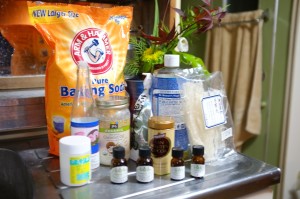
I decided to attempt to make deodorant myself. Then I would be bound to like the way it smells, and if I didn’t, I could guiltlessly try again. I found a recipe that I could create from what was already in my pantry, and, as it turned out, it is the most effective deodorant I have ever used.
I was then determined to make and replace as many household products as I could. I am, slowly but surely, taking ownership of the way I smell, and never again will I need to worry that something will be unavailable when I move to another country. Some of these products are more successful than others, but they are definitely worth trying.

Many homemade household products use essential oils as ingredients. They are an expensive initial investment, but a tiny bottle goes a long way. Just don’t use any 100-yen shop oils, as they are bound to contain impurities and could be harmful if used on your body. Instead, I praise the quality of Hyogo’s own Kodera Herb Garden essential oils. The farm’s owner takes sustainability very seriously, and the oils are guaranteed to be of the highest quality. Kodera essential oils are sold in Kyoto, Osaka, Himeji, at the farm in Kodera, as well as online (I also highly recommend their dandelion coffee).
Here are some recipes for personal care. Don’t be intimidated by the high price tags of the ingredients; they are extremely versatile and can replace many other household products. Links are provided for products that are difficult to find in grocery stores or drugstores.
Deodorant
1/4 c coconut oil
1/4 c arrowroot powder (葛粉 kuzuko. Cornstarch also works)
1/4 c baking soda (é‡æ›¹ juusoo)
10 drops tea tree oil
Heat the coconut oil on your stovetop just until it melts, then combine with all other ingredients.
Â
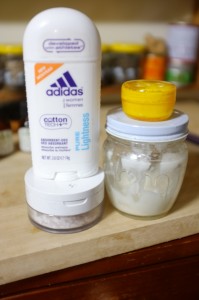
When used as a solvent for deodorant, coconut oil serves two functions: it blocks the production of bacteria and soothes skin. Coconut oil is solid at room temperature, but any higher and it liquefies, so store your deodorant in a watertight container, or in an old deodorant container kept in the fridge.
Shaving Cream
1 bar soap (any will do)
1/8 c rosewater
1/8 c liquid castile soap
1 1/2 tsp olive oil or coconut oil
Melt the bar of soap in a double boiler (or a metal bowl over a small pot of boiling water). Add remaining ingredients.
The end result of this shaving cream will be semi-hard, and will require a shaving cream brush for application, but it will also be the best shaving cream you will ever use.
Toothpaste
1 Tbsp baking soda
3 Tbsp coconut oil,
1-2 tsp xylitol granulated sweetener
10 drops (or more) peppermint oil
Mix all ingredients. Adjust to taste.
To be honest, this really wasn’t for me. Commercial toothpaste’s burning-clean sensation and froth is difficult to replicate at home. However, if you can live without the mouthfeel, this recipe is actually quite effective at cleaning teeth.
Clarifying rinse
4 c water
1 c apple cider vinegar (ã‚Šã‚“ã”é…¢ringosu) OR 1/2 tsp citric acid(クエン酸 kuensan)
Mix and pour over hair.
Apple cider vinegar is very good for you, especially if you drink it, but the smell on your body through a day can be off-putting. Citric acid has the same detangling and buildup-removing effect on hair without the smell.
Hair gel
1/2 c water
1 tsp agar powder (寒天粉 kantenko)
5 drops essential oil of your choice
Dissolve agar in boiling water, and continue boiling until there is 1/4 cup of liquid. Remove from heat, add essential oils, refrigerate.
I can’t tell you how pleased I was when I discovered this recipe. Hair products for curly girls are impossible to find in Japan. And yet, with agar in every supermarket’s dessert section, they’re not! This gel works well for defining curls but not for hold. Use oil (preferably coconut, olive or grapeseed) to smooth flyaways
Bug repellent
2 Tbsp olive oil
10-25 drops of any combination of these essential oils: peppermint, lemon, lemongrass, lavender, Kodera’s Mushi-Yoke blend
Combine all ingredients. *Never use essential oil directly on the skin. Always thin it out with another agent first.*
This repellent is meant for skin, but for the house version, use 1 cup of water instead of the olive oil. Spray on screens and concrete, but avoid tatami, hardwood and wall paint. It’s pretty effective if used about once a week.
Face powder
corn or arrowroot starch
optional: cocoa powder, alcohol
Combine ingredients and store in an old powder container. If you don’t have one, Muji does. If you prefer a pressed powder, add rubbing alcohol or vodka to the mix and let it dry thoroughly before using.
I only recently started using skin makeup after feeling conscious about my age. I asked around and was recommended Bare Mineral’s Skin Veil many times, but when I read the ingredient list, I realized that my friends have been paying upwards of 3000 yen for corn starch. Upon experimenting with cornstarch alone, I was very happy with the translucent results, but for people with darker skin, adding a little cocoa powder may help with matching skin tone.
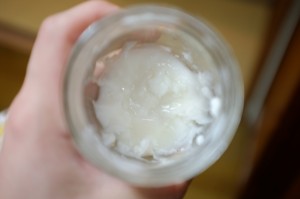
I urge you to try these recipes out. If nothing else, try making your own deodorant. You’ll thank me when the humidity rises.
miso.green.ht@gmail.com
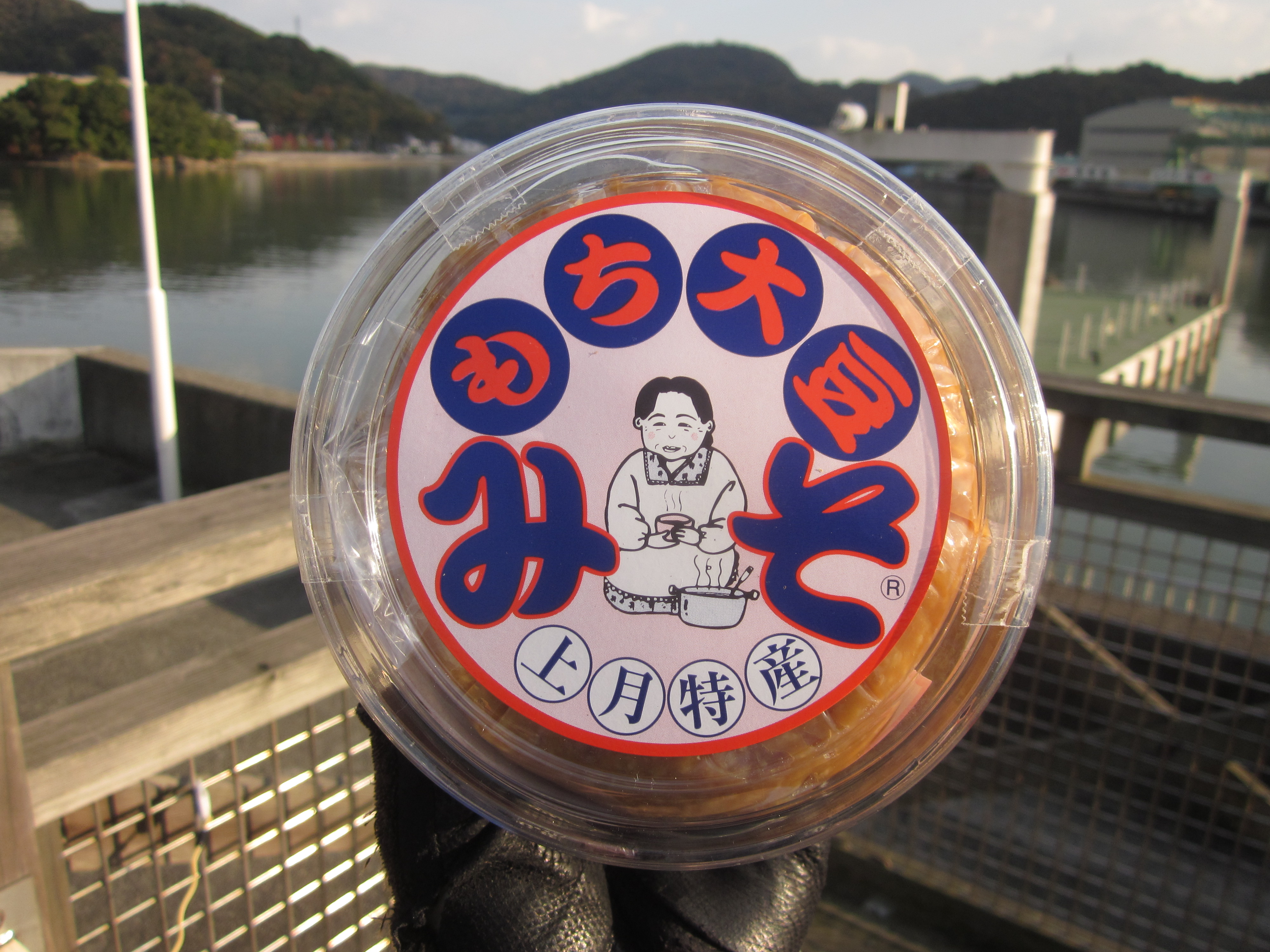
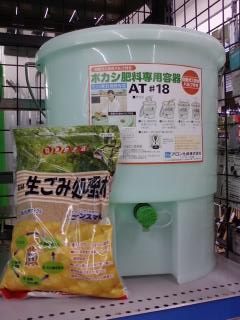



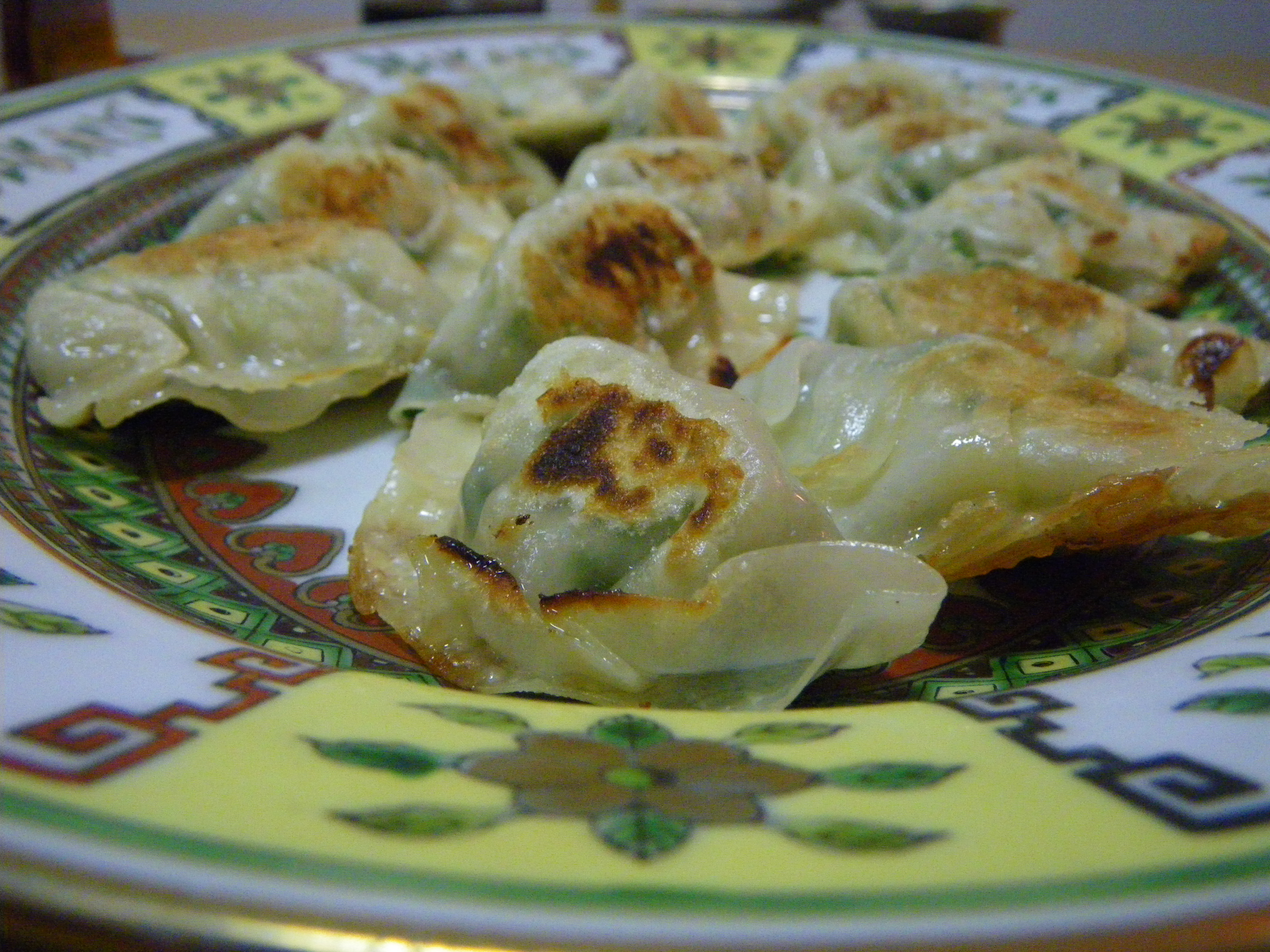
Ulu! What a great post. I love the idea of making my own deodorant!
I have been making my own toothpaste for a while now: first I make a tea with thyme and mint, salvia and rosemary and then I mix it with white clay. Baking soda is always a good add on.
Regards from Spain!
Maria! I remember your lovely toothpaste. For me it’s just a matter of making it stringent enough… I love the burn of store-bought toothpaste.
As for the deodorant, there is at least one option that’s simpler and less wasteful: alum stones. You just get them wet and rub them on your skin. I know people who love them, but I’m just wary about aluminum. If you’re not, then you might want to try that!
Love to you and Jesse! I hope all is well at Casa Luisa.